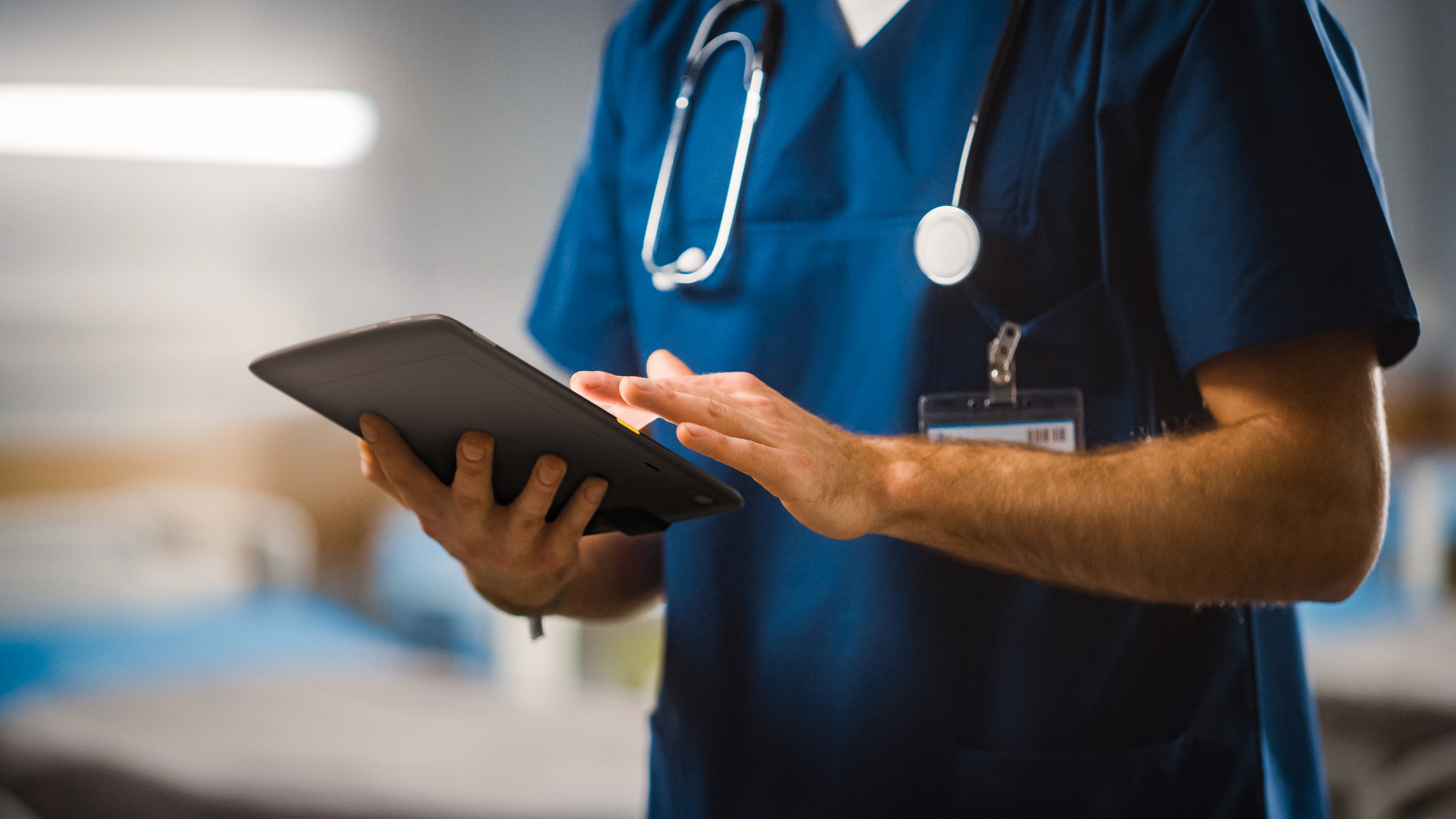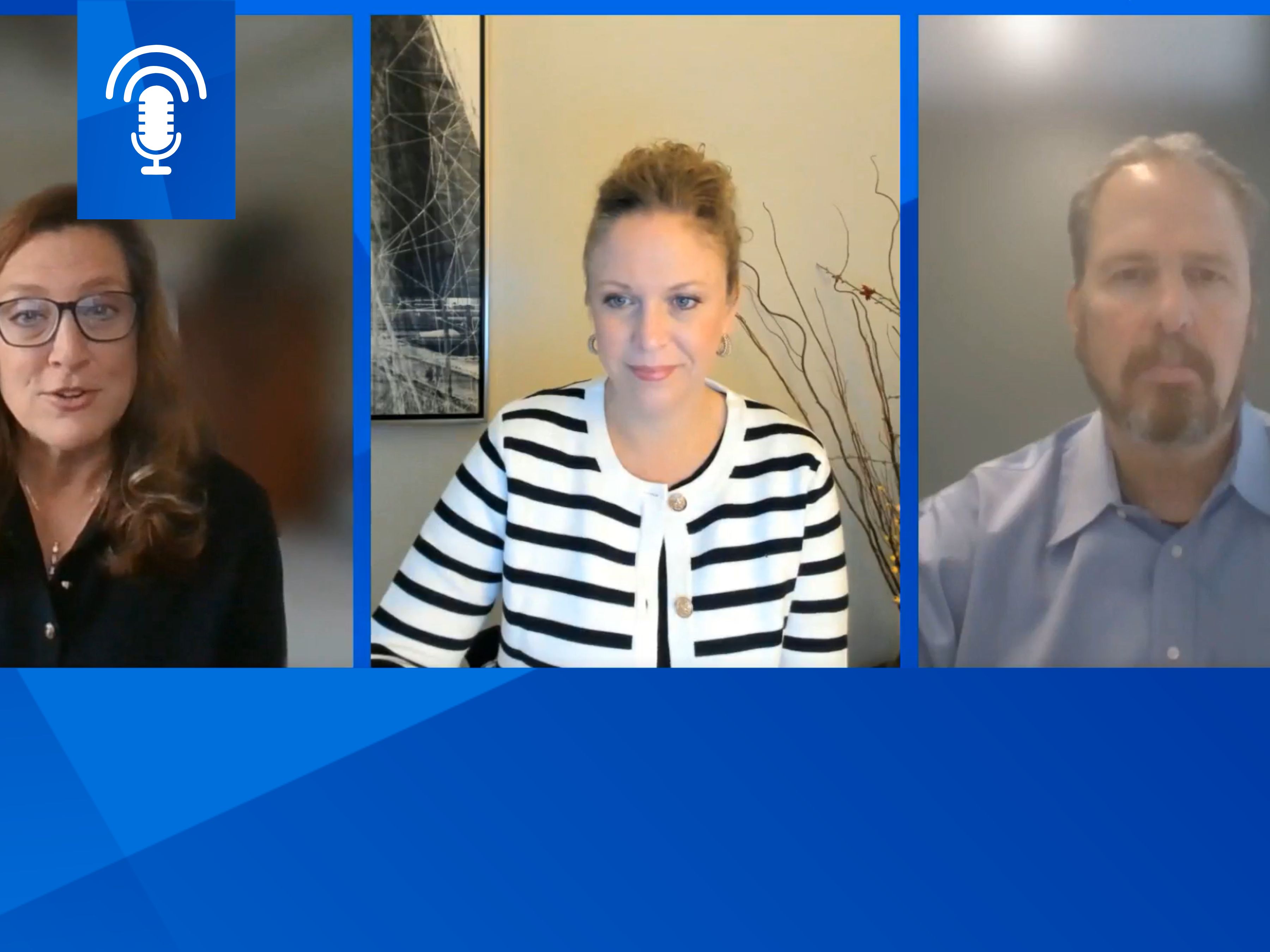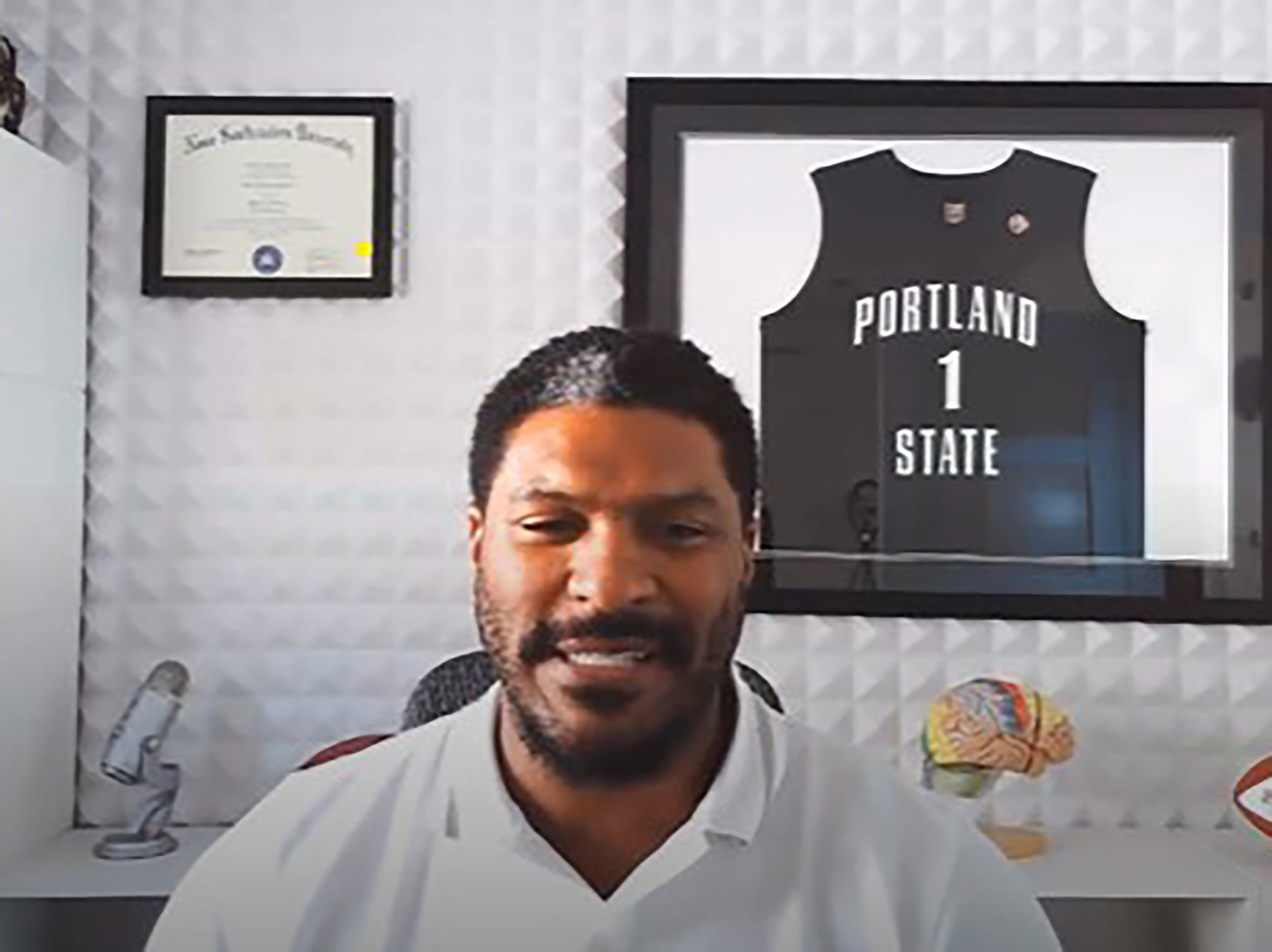
Are You a Hospital Leader Who’s Wondering What More You Can Do Right Now to Make Life (and Work) Better for People?
If you’re not sure what part of your operation needs “transformation” or how big that transformation really needs to be, this is what others are suggesting.
It was cold. The sun was bright in the sky, and there was an almost magical mist surrounding the trees. The smoking haze and sun distorts the colours of vegetation. I could see pinks amongst the green foliage and dark wood. The ground was hard and frosty, so I treaded carefully to avoid trips and falls. My golden labrador puppy chased my elderly mutt without a care in the world, clumsily tripping over in the ice and rolling a few times in the dirt, then bouncing back up with doggy joy.
Amidst this scene of beauty, my mind was racing. I had stepped outside for some fresh air having listened in to my local hospital board meeting. A place I hold close in my heart. I've volunteered there, been treated for broken bones, given birth, visited friends and family. The people who keep this hospital open and available to people like me really mean a lot to me. It was tough to hear they were under pressure.
Especially winter pressures.
The frigid conditions that created the stunning midwinter landscape around me were part of the challenge. Cold brings forth an army of nasties. Flu, covid, norovirus. And it leads to accidental injuries, particularly with the frail. Icy surfaces mean extra slips, trips and falls. The elderly patients I chat to volunteering are often bright as a button mentally, but trapped in their bodies after falls that can take months to recover from. Hospitals are creaking under the pressure, and some are calling 'critical incident' status.
Though, these pressures seem to be extending year-round these days, don’t they?
What can be done to help people recover faster? Or prevent the care providers from getting so burned out in the process that they need assistance recovering?
Efficiency versus Safety
I replayed some of the conversations I'd heard in the board meeting over in my mind. The two themes that resonated hardest were efficiency and safety. The people working in this hospital, like others around the globe, are faced with a difficult challenge every day: meet their financial goals in a way that does not impact the safety of patients.
Balancing the budget is complex with savings needed across multiple departments. There are no quick fixes, as they stressed (and you know.) Staff wages are often the biggest cost centre with expensive agency staff taking a toll, they noted. Cutting them out might seem an easy win, but recruiting and retaining clinicians is a challenge, someone reminds the group. Too much pressure leads to burn out. And staff are impacted by the winter bugs too.
As pointed out: staff absence rates are just over 5% in the UK, and there is an 8% staff turnover rate to deal with.
Put quite simply: understaffing risks patient safety, and agencies help plug holes. Any reductions must be managed delicately.
With a level-set on the current state of friction complete, the conversation turns to the future.
Providing safe, timely, sustainable care whilst meeting capacity challenges are goals that inevitably fall into conflict. Cutting staff or reducing services frees resource but at a cost to patient care.
It’s a tightrope, and the hospital leaders on this call remind us all they have so much to focus on. The integrated care board (ICB) overseeing healthcare planning for my area foresees a growth in ‘over 70s’ of 20.8% by 2036, notching up the pressure cooker.
"While the challenge is substantial, success is dependent on unified effort and commitment from across the system".
What does that unified effort look like? Is it something that you could join or replicate?
As I delved into the ICB's medium term plan, two critical points stood out. Both are items that have filtered through from central policy and are themes I see all over the world:
1. Unlocking productivity using technology
2. Digital, and community, transformation (i.e., shifting care closer to home)
I was eager to learn more about community transformation plans, especially since being driven from the inside out (hospital -> home health) rather than outside in (home health -> hospital).
I’ve seen plenty of evidence demonstrating that prolonged stays in hospitals do not lead to better health outcomes. I know patients prefer to be treated in their own homes – I’m one of them – and hospitals need to reduce inpatient episodes. So, I’m not surprised these combined forces are fuelling the movement of care out of hospitals into the community.
To achieve community transformation, though, changes are needed. There is a requirement to provide more proactive and preventative care in people’s homes and communities. Technology can support this transformation. It seems your peers – other hospital leaders – are accepting this more each day. Some are acting quite swiftly to lay the foundation for this transformation.
The leaders of Calderdale & Huddersfield Foundation NHS Trust are ahead of the curve. They have armed the hospital’s community team with purpose-built mobile computers that make it easy to carry out their work in the field without feeling like they’re outside the four walls. Devices are equipped with a communication app so secure it would pass most (if not all) government standards. This makes it possible for the community team to share sensitive medical information with clinicians back at base.
This team works with the most vulnerable members of our communities, which comes with risk. Fortunately, if someone were to feel unsafe or an emergency scenario occurs, a quick push of the duress button would trigger a call for help, with staff locations automatically reported. No one would have to say or type a word. Just discreetly push a button. This capability helps mitigate against lone worker risks. It also provides comfort to the care givers. (Both inside and outside the hospital, as many around the world have confirmed.)
The devices used by the Calderdale team act as a technological Swiss army knife. Care team members can photograph wounds to check healing, or scan medication barcodes and add them to patient records, eliminating errors. They are satisfied with their experience – and effective operating – outside the hospital, both of which help enhance productivity in the long term and make it easier to scale service levels as more patients start needing care at home.
How else technology is helping hospital leaders make positive changes right now
The ability to make healthcare a more enjoyable profession is by no means limited to community transformation initiatives such as the one I just described. Cash efficiency, and cash releasing, opportunities that deliver better outcomes and experiences for staff and patients remain abundant. Harnessed correctly, they have the power to help you return your healthcare system to a better sense of financial balance.
The ever evolving 'Lego box' of hardware and software can be put together in a vast array of combinations to release value in hospital systems. Some people I know at UK Trusts have been leaning into RFID to release value. These solutions let clinicians sense where assets are, how they are being used and enable analysis of data in real time and empower workers to act.
People like Rachael Ellis and Sarah Atkins at Hull University Teaching Hospitals helped implement a hospital-wide RFID solution to better track and trace critical medical equipment across clinical spaces. The tracking system they came up with incorporated infrastructure, hardware and 72,000 RFID tagged assets. It has enabled time savings for clinical and non-clinical staff of "about 35 hours per employee per year.” That’s equal to 87,500 hours across 2,500 staff, or 2,187 weeks of time. Imagine how many more patients could be supported with that freed-up time – or how much cash flow could potentially improve.
Sarah spoke in detail about the impact of RFID on her job and patients’ experiences in this podcast chat. I also shared some of Rachael’s story here, if you’re interested.
Elsewhere in the UK, my Zebra colleagues worked with our partners at CSS to design and deliver first-of-their-kind RFID-enabled ambulances. Equipment and consumables are RFID tagged, and staff are alerted if items are left at a scene. Back-end records are updated as stock is utilised in real time, helping to ensure restocks can be prepared ahead of the ambulance’s arrival back at the hospital, reducing get-ready times.
After repeatedly hearing firsthand how pressures are mounting – and knowing you and other hospital leaders are doing all they can to alleviate tension – the key takeaway for me is that there is no longer time to ‘wait and see’ what others are doing.
There are plenty of people who have moved first. Plenty of people to talk to and learn from. Now it’s your time to make a move – into the community and toward technology system changes that enable your staff to properly care for patients in the hospital and homes without feeling alone or exhausted.
Now’s the time to remove the friction in everyday operations and create that optimal experience everyone’s been talking about since we clearly saw what didn’t work well during the pandemic. Now’s the time to feature ‘function’ over flash. Though, if a little flash (of a handheld RFID reader or high-quality mobile device camera) is needed for things to function better, and for people to feel better, then don’t hold back. People are counting on you to make them feel better.





